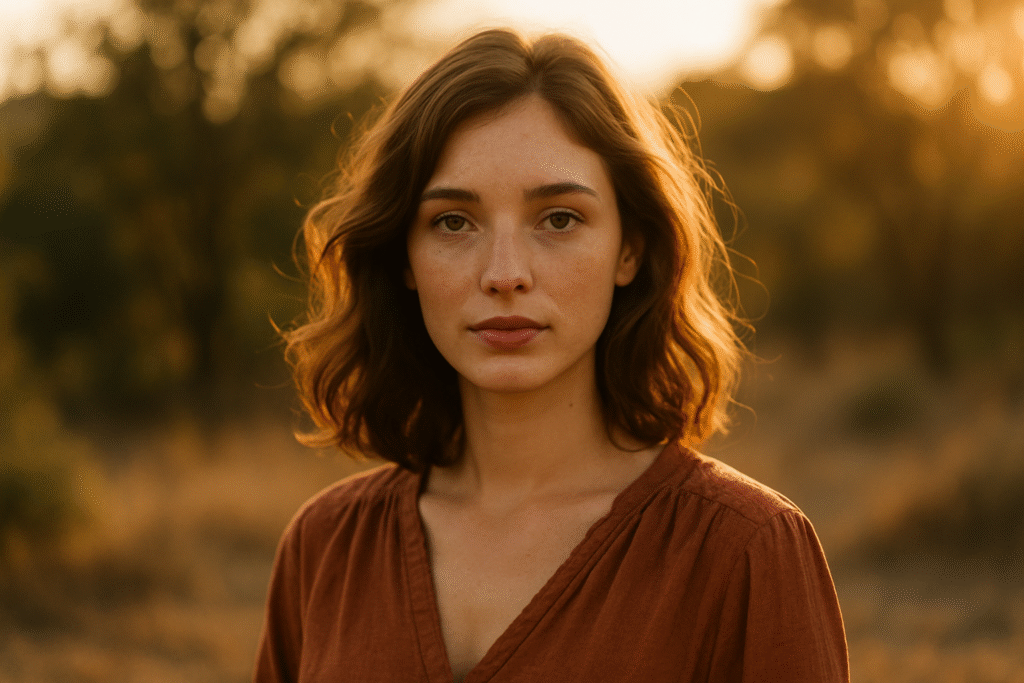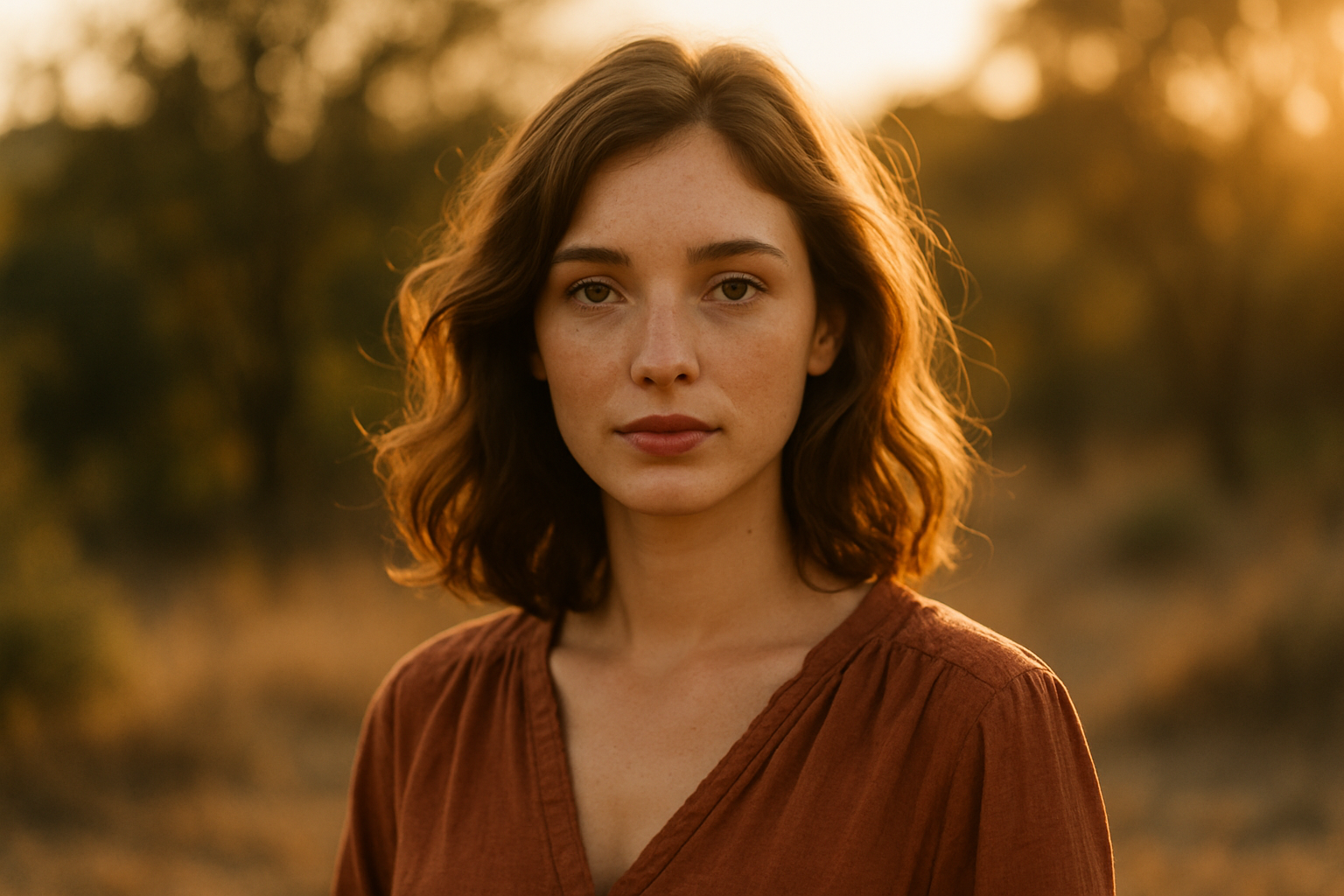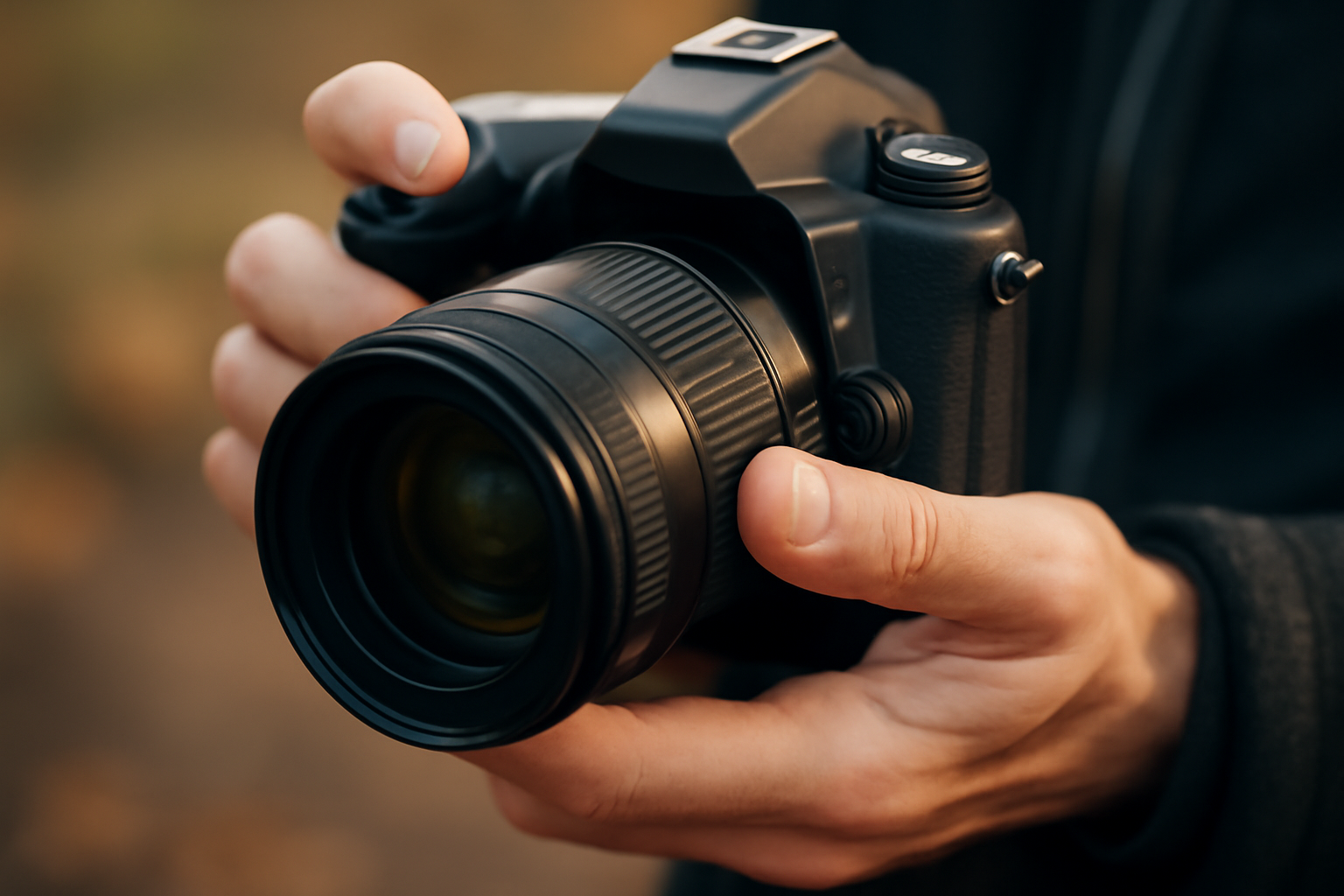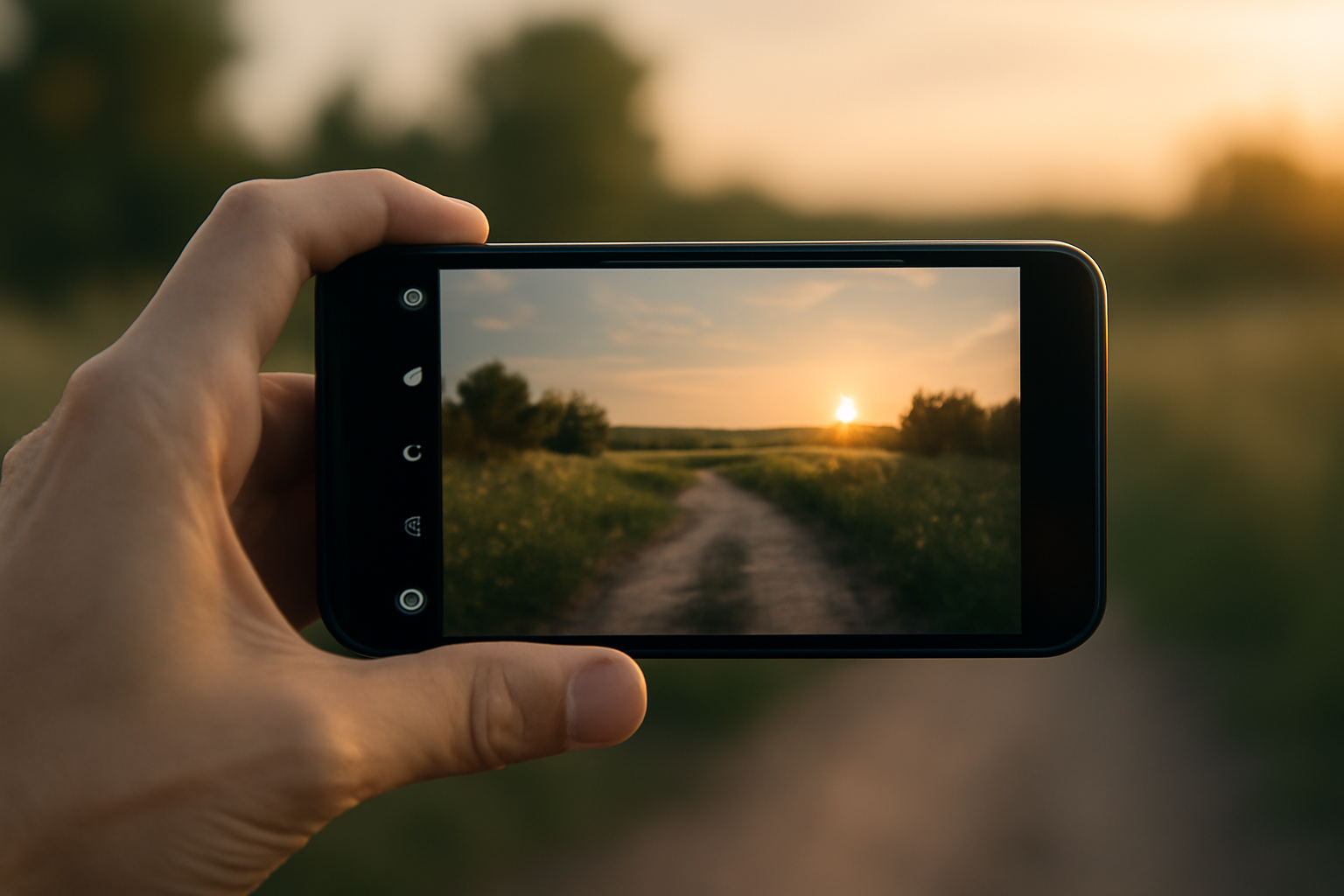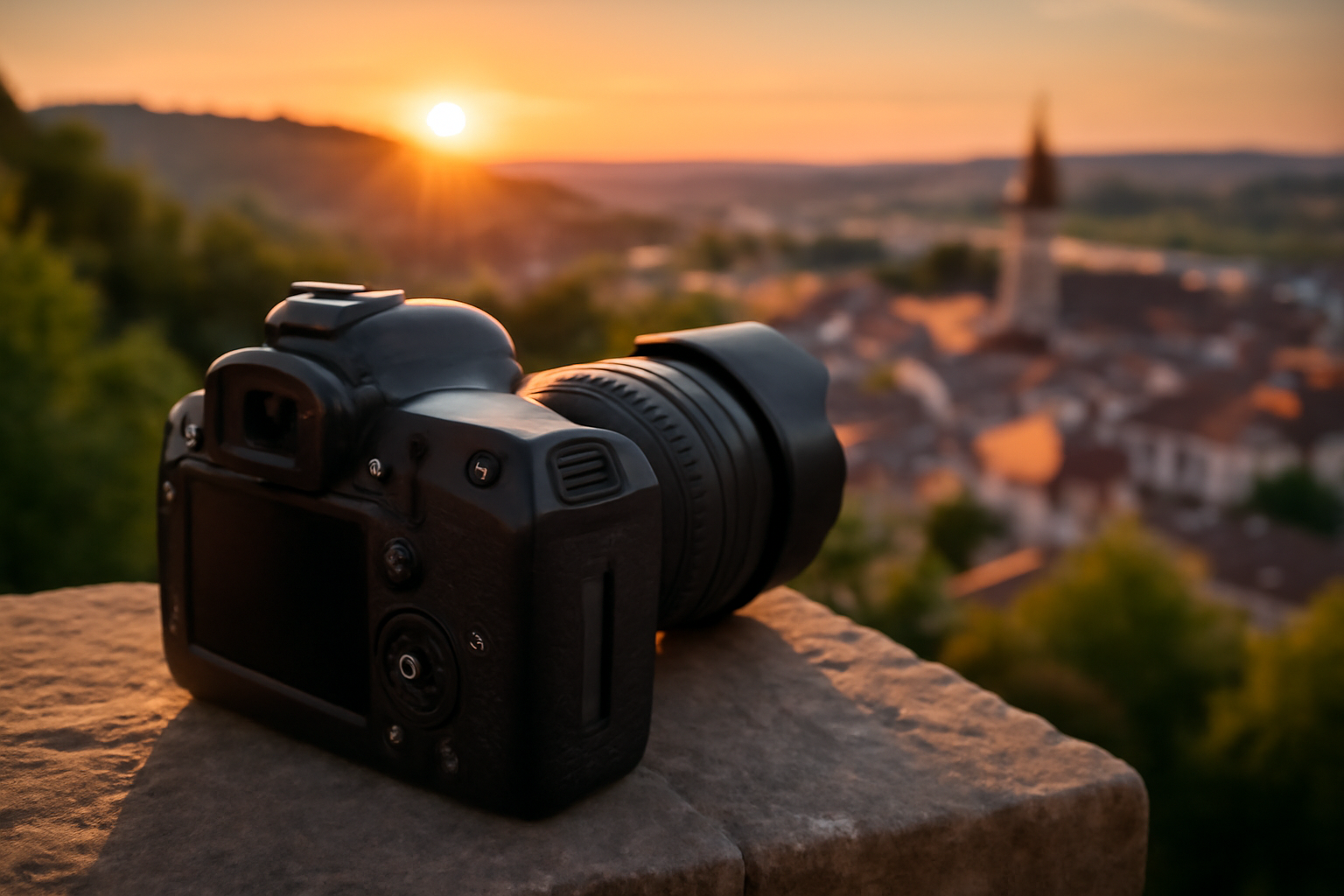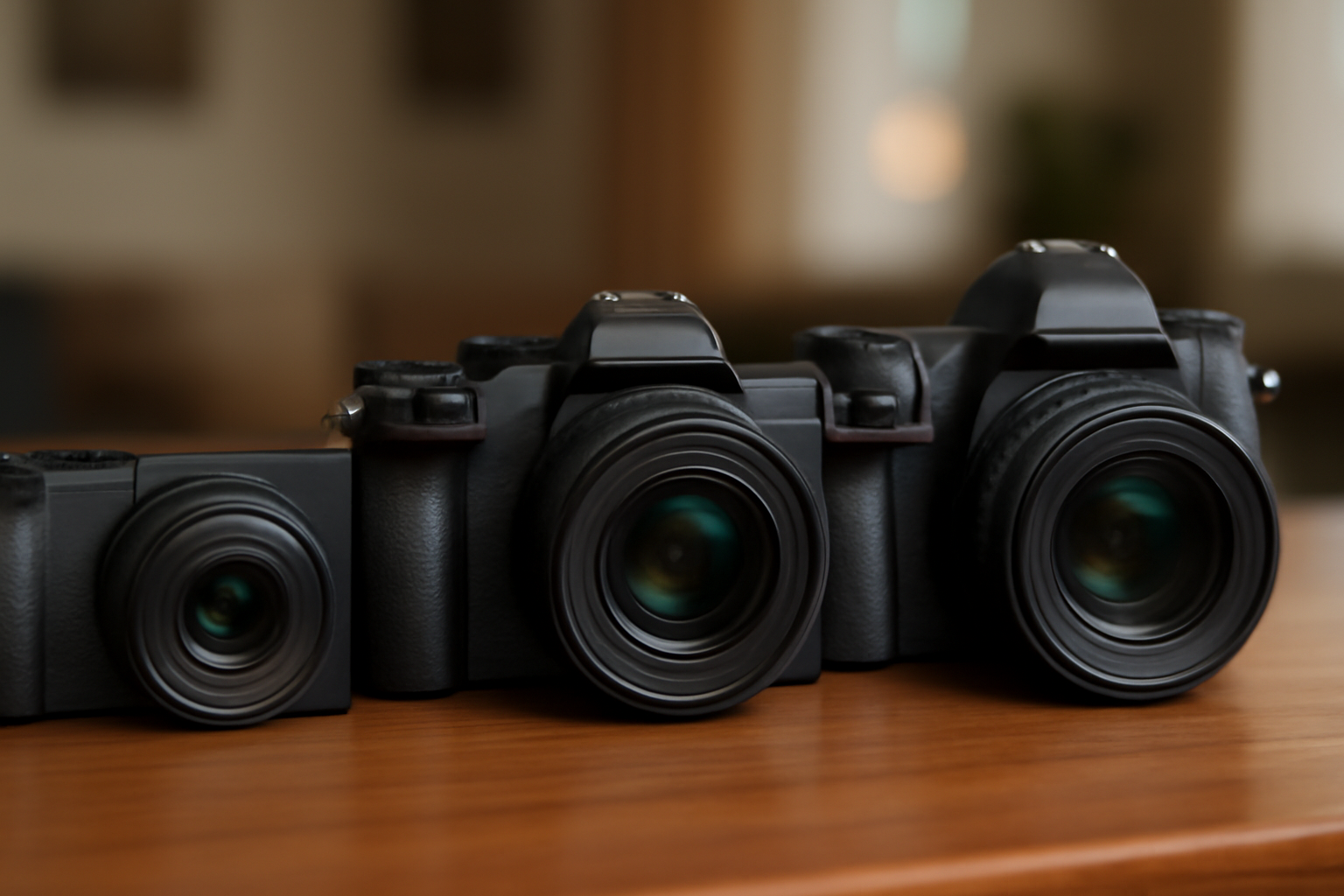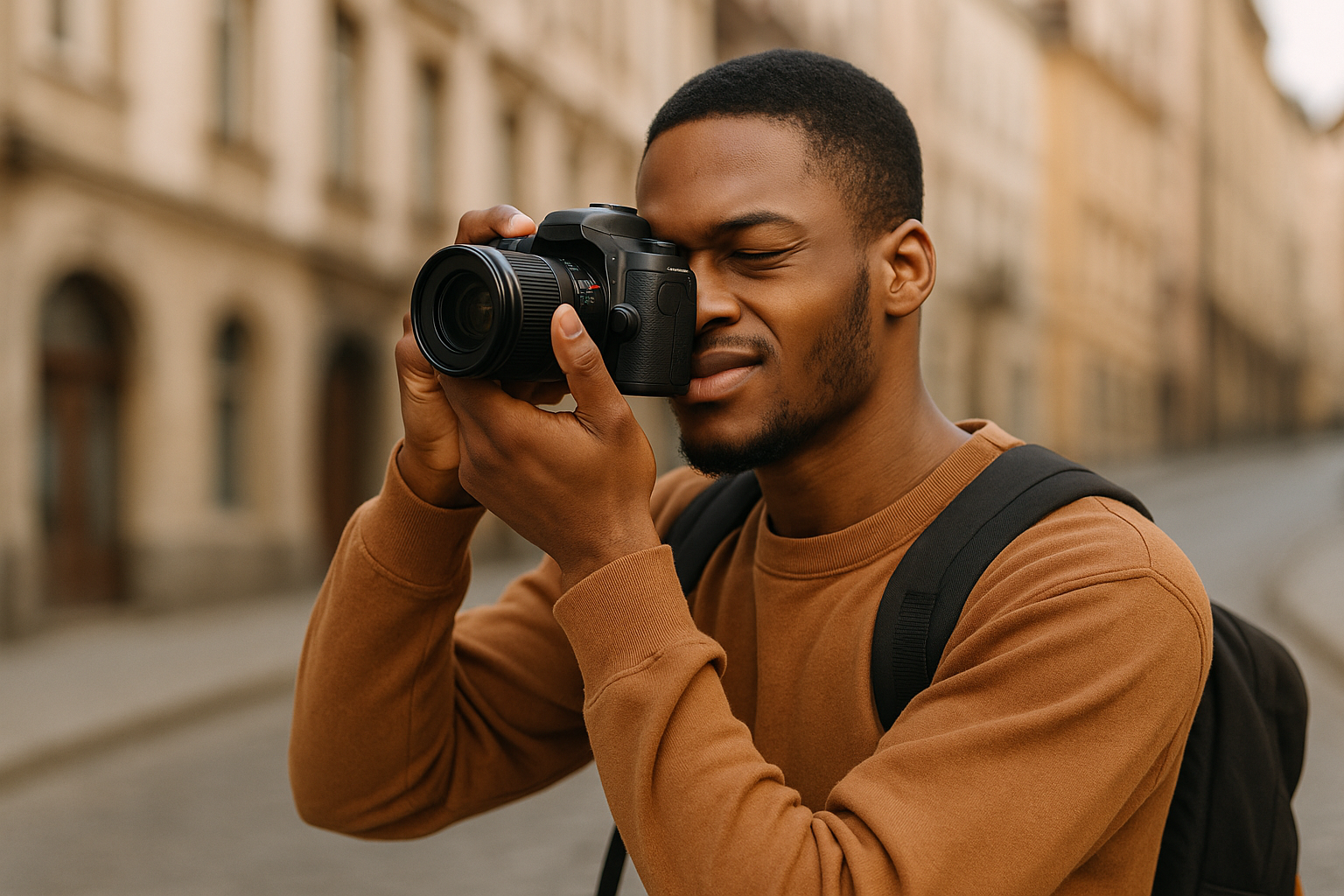Natural light is one of the most accessible yet powerful tools in a photographer’s arsenal. Whether you’re traveling through vibrant cities, exploring serene landscapes, or simply shooting in your backyard, natural light offers a unique opportunity to create portraits that feel alive, authentic, and emotionally rich.
In this guide, we’ll explore practical tips to help you master the art of capturing stunning portraits using nothing but the light nature provides. These aren’t just technical tricks—they’re real-world insights inspired by travel, emotion, and the passion behind every great shot.
What Makes Natural Light So Captivating for Portraits?
Natural light feels real—it’s how we see the world. It can be soft or dramatic, warm or cool, direct or diffuse. When used thoughtfully, it enhances textures, reveals emotions, and connects the subject to the environment. For travelers and explorers, it also reflects the mood of a place and time.
One of the greatest advantages of natural light is its ability to change throughout the day, offering different moods and tones. This constant variation invites creativity and demands adaptability, making each session unique. Unlike studio lighting, which is often static and predictable, natural light adds spontaneity to the process.
Understand the Quality of Light: Soft vs. Hard
Soft light comes from large sources or is diffused by clouds or curtains. It creates gentle shadows and smooth skin tones, ideal for flattering portraits. Hard light, on the other hand, is direct and sharp, producing strong contrasts and deep shadows—perfect for bold, dramatic images.
To control these qualities, shoot on overcast days for an even glow or use household items like curtains, white sheets, or even wax paper as makeshift diffusers. During bright sunny days, find areas of open shade—like the side of a building or under tree canopies—to naturally soften the light falling on your subject.
Master the Magic Hours
The golden hour—just after sunrise or before sunset—casts a warm, soft light that flatters skin tones and adds a dreamy atmosphere. The blue hour—before sunrise and after sunset—brings a cooler, moodier vibe perfect for storytelling.
Arrive early to scout the location and watch how the light moves. Observe how shadows fall and how the tones shift minute by minute. This knowledge helps you anticipate the perfect moment and position your subject accordingly.
Apps like SunCalc or PhotoPills are excellent tools to predict the best times for golden and blue hour photography anywhere in the world. These tools can be lifesavers when traveling or working in unfamiliar locations.
Choose Your Locations Thoughtfully
Natural light behaves differently depending on the environment. North-facing windows offer soft, steady illumination throughout the day. Alleys, courtyards, or narrow streets create natural vignettes and directional lighting. Reflective surfaces like sand, concrete, or water help bounce light back onto the subject’s face.
Look for natural frames such as doorways, arches, or hanging fabrics that add context and depth. Position your subject in a way that complements the light’s direction and enhances the composition. Try using the rule of thirds to place the eyes at a powerful intersection point in the frame.
When traveling, explore local markets, historical architecture, and rustic alleyways. These places often provide both character and interesting lighting conditions. An old stone wall can bounce warm tones onto your subject’s face, while colorful awnings can tint your portrait with vibrant personality.
Use the Environment to Shape the Light
Walls, trees, and even people can help you shape natural light. Stand your subject near a light-colored wall to reflect light onto shadowed areas. Trees act as natural diffusers, creating beautiful dappled light that adds texture and interest. Reflective surfaces like water or glass can add unique highlights or surreal reflections.
Think like a painter—observe how the light interacts with your scene and use it to guide your framing. Shooting under overhangs or inside vehicles can also give you partial shade and help control exposure, especially when it’s too bright.
Explore different settings: a subject lit by sunrise through a foggy forest looks entirely different from one standing beneath palm trees on a bright tropical beach. Let the environment inspire how you use light.
Simple Tools That Make a Big Difference
You don’t need a studio full of gear. A simple 5-in-1 reflector can bounce, diffuse, or block light. White clothing or paper can act as impromptu reflectors. Shower curtains or translucent umbrellas work as budget diffusers.
Black foam boards are perfect for absorbing excess light, giving you more contrast and depth. For mobile photographers, clip-on reflectors or LED ring lights can be easily packed and used on the go. The goal is to enhance the light without making it look artificial.
You can also use natural elements: a scarf as a filter, a sun hat for shadow play, or a book to control reflection. Stay creative and flexible. Sometimes the best tools are the ones you find on location.
Play with Direction and Angles
Where the light comes from dramatically changes the mood of a portrait. Side lighting emphasizes texture and shape. Front lighting minimizes shadows and feels clean. Backlighting creates halos and flares, adding ethereal effects.
Try placing your subject with the sun behind them and exposing for the face—this creates a luminous backdrop while keeping the subject in focus. If the sun is too strong, block it with trees, buildings, or your own body, and wait for soft rays to spill in around the edges.
Move around your subject. Tilt the camera up or down. Get close, then back away. Use light as your guide for every adjustment. As you change your angle, the emotion and focus of the portrait will shift—sometimes subtly, sometimes dramatically.
Embrace the Shadows
Don’t shy away from darkness. Shadows add mystery, structure, and contrast. Let half the face fall into shadow for a cinematic look, or silhouette your subject against a bright sky to create drama. Shadows aren’t mistakes—they’re tools.
Experiment with shadow patterns cast by fences, blinds, or leaves. These elements can create compelling textures and patterns that elevate an otherwise simple portrait. Incorporate motion by having your subject move into and out of shadow to capture candid moments.
In travel photography, shadows can add cultural context. The shadow of a cathedral’s spire, a temple gate, or a camel caravan in the desert—all these details enrich your portraits with a sense of place.
Adjusting Settings for Natural Light
Manual mode gives you full control over your exposure, essential for shooting in changing light. Shoot in RAW to retain detail and flexibility. Use low ISO to reduce grain, but raise it when light fades. Master spot metering to expose correctly for the subject’s face.
Learn the Sunny 16 rule: on a sunny day, set aperture to f/16 and shutter speed to the inverse of your ISO. It’s a handy trick when you need a quick, balanced exposure. Adjust white balance manually to keep colors true—especially in golden hour, where auto white balance often cools down the warm tones.
Experiment with wide apertures (f/1.8–f/2.8) for shallow depth of field and dreamy bokeh. If you’re capturing movement, bump up shutter speed and ISO accordingly. Don’t be afraid to take test shots and adjust—natural light is ever-changing.
Tell a Story with Light
Every beam of light has a feeling. A glowing sunrise evokes peace and beginnings. Harsh midday light feels raw and real. Golden rays at dusk bring warmth and nostalgia. Use these emotional cues to match the story you want to tell in your portraits.
Capture your subject in a way that connects them to the environment. Let wind tousle their hair, or let them squint into the sun. Embrace imperfections like lens flare, sweat, or dust—they make the moment feel lived-in and honest.
Add props or clothing that reflect the location—scarves, hats, jewelry, or cultural attire. Show interaction with the environment: fingers brushing tall grass, feet in the sand, eyes reflecting city lights.
Go Beyond the Expected
Break the rules. Use reflections in puddles or mirrors to add complexity. Frame your subject between leaves, door frames, or behind sheer curtains. Combine flash subtly with natural light to fill in shadows without losing realism.
Shoot in unusual weather: fog, rain, snow—all add atmosphere and emotion. Take portraits during golden hour from unexpected angles, like shooting down on your subject or through textured surfaces. Explore different genres like environmental portraits or candid street shots, all using natural light.
Tell mini-stories through photo sequences: show your subject walking through different light spots, reacting to the change in brightness, or interacting with others. Think cinematically.
Travel Photography Meets Portraits
Travel offers a chance to connect light, culture, and human expression. Ask permission and engage with locals—genuine interaction leads to authentic portraits. Observe how people naturally position themselves in light, and use that intuition to guide your framing.
Each destination has its own light signature. The soft haze of Southeast Asia, the crisp glow of the Alps, the warm earth tones of Africa—capture those qualities as part of your portrait story. Let the location breathe through your subject.
Seek out festivals, rituals, or simple daily routines. Natural light during these moments is rarely controlled—so be ready, respectful, and responsive. A candid laugh lit by morning sun can be more powerful than a perfect pose.
Let the Light Lead You
Every great portrait tells a story—and in travel photography, natural light is often the silent narrator. It reveals the soul of a place, the mood of a moment, and the truth behind every face. So, pack your camera, chase the light, and let your passion guide the way.
Your best portraits are waiting just beyond the next sunrise—where the light meets the soul, and the shutter meets the story.
